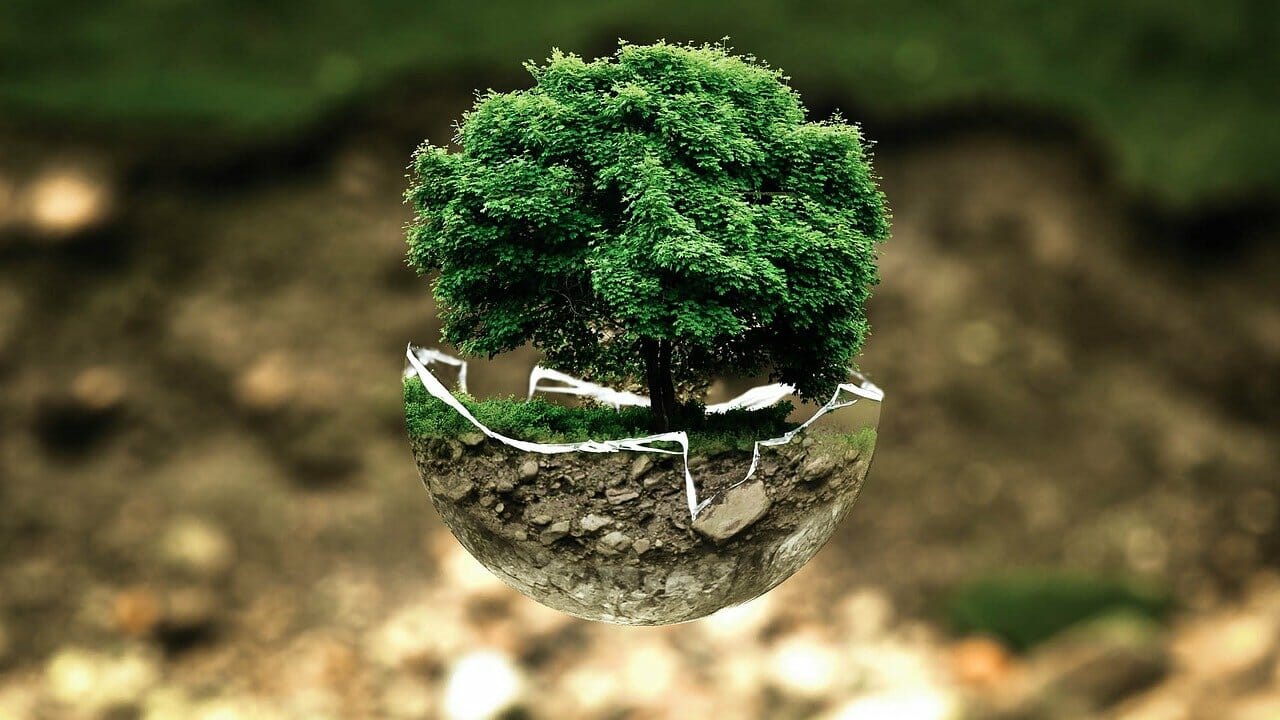As the global population increases and consumerism soars, the world is facing an escalating waste problem. According to the World Bank, we generate over 2 billion tons of solid waste every year! a number that’s expected to grow by 70% by 2050. This excessive waste not only pollutes our land, air, and water but also contributes to climate change and poses severe public health risks.
In this challenging landscape, proper waste disposal plays a pivotal role in maintaining a healthier environment. By appropriately disposing of waste, we can reduce landfill size, decrease pollution, and conserve natural resources. The value of proper disposal goes beyond mere tidiness – it’s a step towards sustainability and environmental stewardship.
The Importance of Proper Disposal
Proper disposal, though seemingly a mundane task, has far-reaching impacts on our environment. When waste isn’t correctly disposed of, it doesn’t just vanish. It accumulates in landfills, gets carried off by the wind, or finds its way into our water bodies. Plastic waste, for instance, can persist in the environment for up to a thousand years, during which it slowly degrades into microplastics. These tiny particles not only litter our landscapes and oceans but also enter the food chain, posing threats to wildlife and, eventually, human health.
The detrimental effects of improper waste disposal also extend to hazardous waste like electronic waste (e-waste) and chemicals. Incorrect disposal of these can result in toxic substances such as heavy metals and carcinogens leaching into our soil and water, which can have dire implications for both the environment and human health.
As for public health, poor waste management can lead to an array of problems. Waste accumulation often becomes breeding grounds for pests like rodents and insects, leading to the spread of diseases. Moreover, landfills and waste burning can release harmful gases like methane and dioxins, which contribute to air pollution and associated health problems such as respiratory issues and heart disease.
In this context, individual action is not just crucial but necessary. Each person’s efforts toward appropriate waste management contribute to a broader, collective change. By implementing proper disposal strategies like reducing, reusing, and recycling, each one of us can play a significant role in mitigating environmental degradation and safeguarding public health. The collective action of individuals can significantly decrease waste production and drive demand for more sustainable products and policies, leading to a healthier environment for everyone.
The 9 Actionable Steps
Step 1: Raising Awareness
Knowledge is the first step toward making an impactful change. By educating ourselves and others about the environmental impact of waste, we lay the foundation for informed decisions. This education can take the form of reading articles, attending seminars, or even sharing information through social media.
Step 2: Waste Segregation
Separating waste at home not only makes recycling easier but also reduces the amount of waste that ends up in landfills. Segregate your waste into categories like biodegradable, non-biodegradable, recyclable, and hazardous. Clearly labeled bins can help streamline this process.
Step 3: Reduce, Reuse, Recycle
This three-pronged strategy is vital for waste management. Reduce the amount of waste you produce by buying only what you need. Reuse items as much as possible before throwing them away. Recycle materials that are recyclable, either through curbside pickup programs or local recycling centers.
Step 4: Composting Organic Waste
Composting is a natural process that turns organic waste into a nutrient-rich soil conditioner. It’s a great way to recycle kitchen and yard waste while enriching your garden soil. It also reduces the amount of organic waste that would otherwise end up in landfills, producing methane—a potent greenhouse gas.
Step 5: Choosing Green Products
Conscious consumerism can make a significant difference in waste reduction. Opt for products with less packaging, items made from recycled or sustainable materials, and brands committed to environmental responsibility.
Step 6: E-Waste Management
E-waste can be harmful if not properly disposed of, due to the toxic components it often contains. Consider using e-waste recycling facilities or programs that safely dispose of or repurpose electronics. If you have a lot of e-waste, consider using a junk removal service or DIY if you can.
Step 7: Safe Disposal of Hazardous Waste
Hazardous waste, including chemicals, batteries, and certain cleaning products, should be disposed of at designated collection sites to prevent harmful substances from contaminating the environment.
Step 8: Participating in Community Clean-ups
Community efforts are powerful for the environment. Participating in or organizing local clean-ups not only helps keep your neighborhood clean but also fosters a sense of community spirit and shared responsibility towards the environment.
Step 9: Advocacy and Legislation
Support and advocate for policies that promote sustainable waste management and environmental protection. This can range from local recycling initiatives to national legislation on reducing plastic usage. Your voice matters and can help bring about significant change.
Conclusion
In the face of global environmental challenges, the significance of proper trash disposal cannot be overstated. By implementing the nine actionable steps we recommended, we each can play a vital role in promoting a healthier environment.
Every step, no matter how small, counts.
Each one of us can make a difference in our homes, in our communities, and ultimately in our world. There is no waste in nature, It’s time we followed her example.
Together, we can create a cleaner, healthier world for us all. At AZ Big Media, we believe in the power of informed communities to bring about significant change. Join us on this journey.




